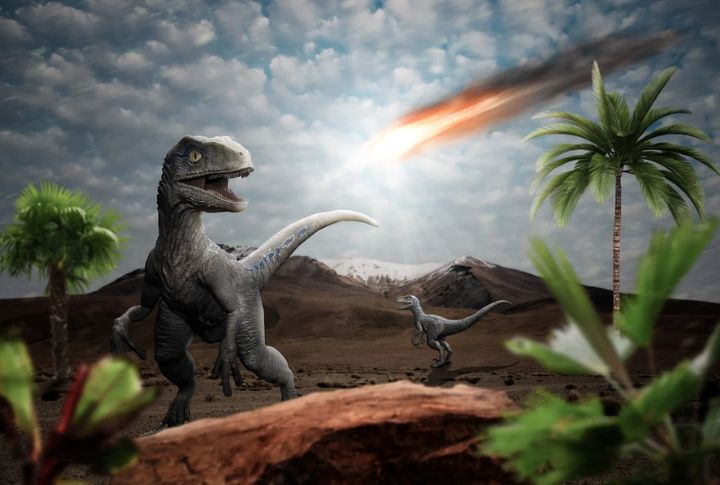
Dinosaurs have fascinated humans for centuries, inspiring countless myths that shape how we imagine these ancient creatures. However, scientific discoveries have increasingly challenged and overturned many of these popular misconceptions. Today, new findings continue to deepen our understanding of their appearance, behavior, and evolution. To better understand, here are 20 common myths debunked by science.
They Were All Gigantic

Popular culture often focuses on massive dinosaurs like Tyrannosaurus rex and Brachiosaurus. Yet, fossil evidence reveals a wide variety of sizes across dinosaur species. For example, the Microraptor measured only about 2.5 feet long, roughly the size of a large bird. This size diversity highlights the evolutionary adaptability of dinosaurs over millions of years.
They Were Just Green, Scaly Beasts
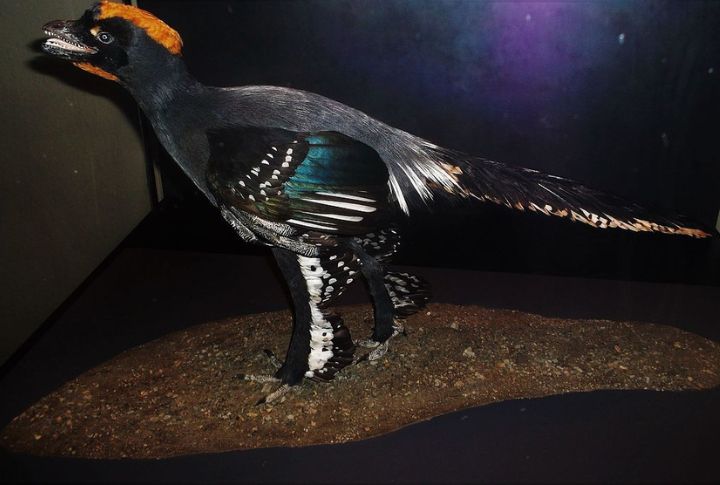
Early illustrations portrayed dinosaurs as dull, green reptiles covered in scales. However, scientific research on fossilized pigments shows that many dinosaurs had vibrant colors and intricate patterns, similar to modern birds. Additionally, discoveries of feathered dinosaurs such as Anchiornis further demonstrate the close evolutionary relationship between dinosaurs and birds.
They Were Cold-Blooded Reptiles
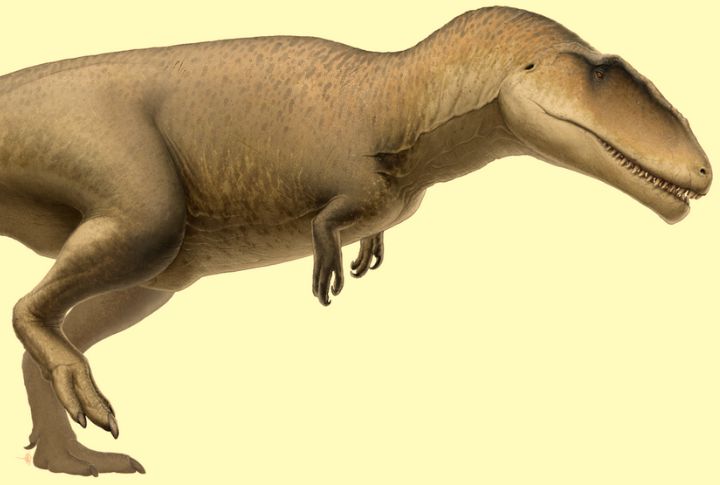
For a long time, dinosaurs were believed to be cold-blooded, like many reptiles today. Recent studies analyzing isotopes in fossil bones suggest that many dinosaurs had warm-blooded metabolisms comparable to mammals and birds. Certain groups, including theropods, displayed traits associated with endothermy, which significantly revised our understanding of their physiology.
They Roared Like Lions

Movies often depict dinosaurs producing loud, thunderous roars. In reality, fossil evidence shows that soft tissues necessary for vocalization are rarely preserved, making it difficult to know what sounds dinosaurs made. By studying the vocal abilities of modern birds and crocodiles, scientists believe dinosaurs likely produced low-frequency calls or cooing sounds rather than loud roars.
The Brontosaurus Never Existed
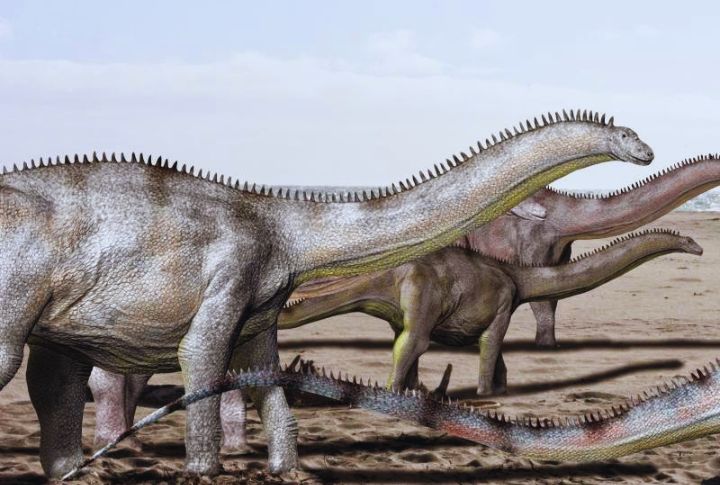
For decades, the name Brontosaurus was dismissed as a mistake, considered merely a misidentified Apatosaurus. However, a 2015 reexamination of fossils confirmed that Brontosaurus is a valid genus distinct from Apatosaurus. This case exemplifies how scientific classifications evolve as new evidence emerges.
They Were Slow And Clumsy
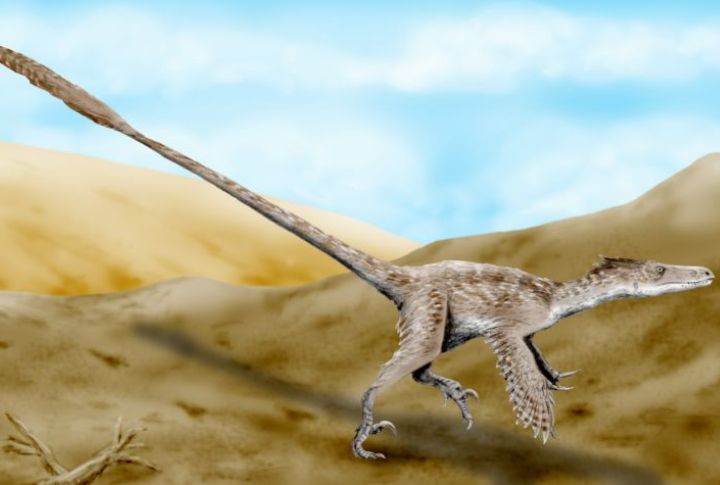
It was once thought that dinosaurs were sluggish because of their size. However, fossilized footprints and skeletal structures reveal that many dinosaurs were agile and fast. Species like Velociraptors possessed limb adaptations for rapid movement and pursuit, demonstrating that speed and agility were important survival traits for many dinosaurs.
They Went Extinct Overnight

Though many animals perished in the extinction that followed the asteroid impact, dinosaurs persisted for a while longer. Fossil records indicate that some dinosaurs survived for thousands of years in isolated regions after the impact. This gradual extinction process reflects nature’s resilience and the ongoing evolution of dinosaur descendants, including birds.
They Had Poor Vision
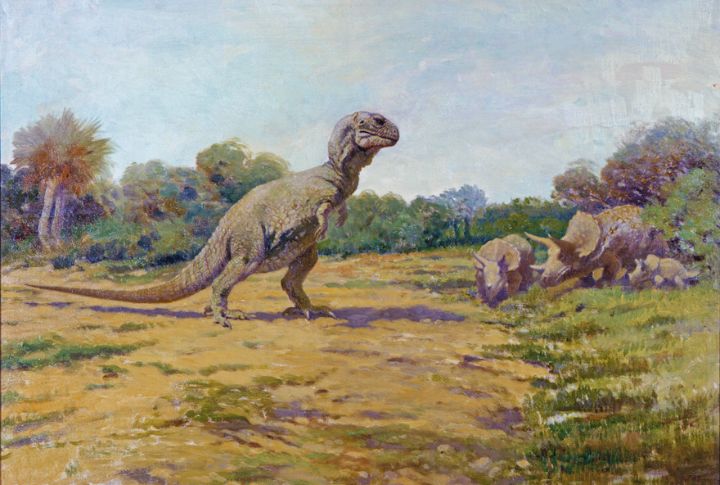
Tyrannosaurus rex had large optic lobes, which scientists link to excellent vision—similar to modern birds of prey. That challenges the idea of weak dinosaur eyesight. Skull structures show how, through natural selection, sharp sight evolved as a powerful tool for detecting movement and tracking prey with incredible accuracy.
They Were Just Reptiles

Feathered fossils and DNA research have shifted our understanding of dinosaurs. No longer seen only as reptiles, many, like theropods, reveal close ties to birds. In fact, modern birds are more than relatives—they’re descendants, which shows that dinosaur evolution steered toward flight and feathers rather than cold-blooded scales.
They Had Weak Forearms
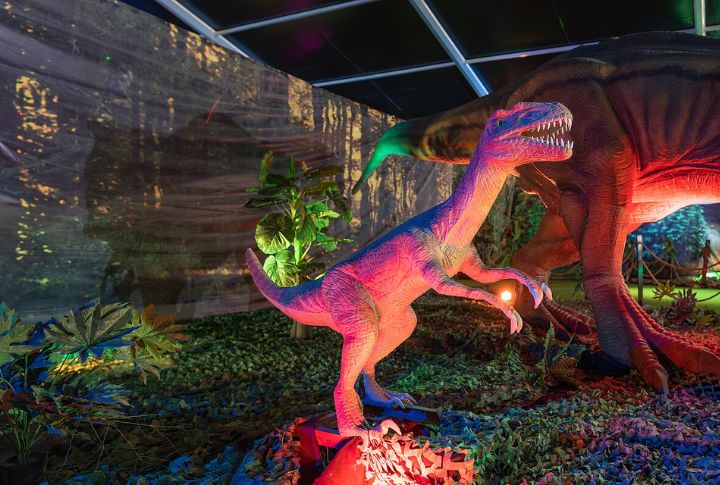
The small arms of Tyrannosaurus rex often appear insignificant, but research shows they were surprisingly strong and functional. Their musculature suggests they could lift heavy weights and were useful in combat or close interactions. Rather than useless remnants, these forelimbs played specialized roles important to the dinosaur’s survival strategies.
They Were The First Reptiles

Dinosaurs were not the first reptiles to dominate Earth’s land ecosystems. Earlier creatures like Dimetrodon, a synapsid from the Permian period, held ecological prominence before dinosaurs evolved. The rise of archosaurs, which includes dinosaurs, represents a major evolutionary shift but shows that reptilian dominance began long before the Mesozoic era.
They Couldn’t Swim
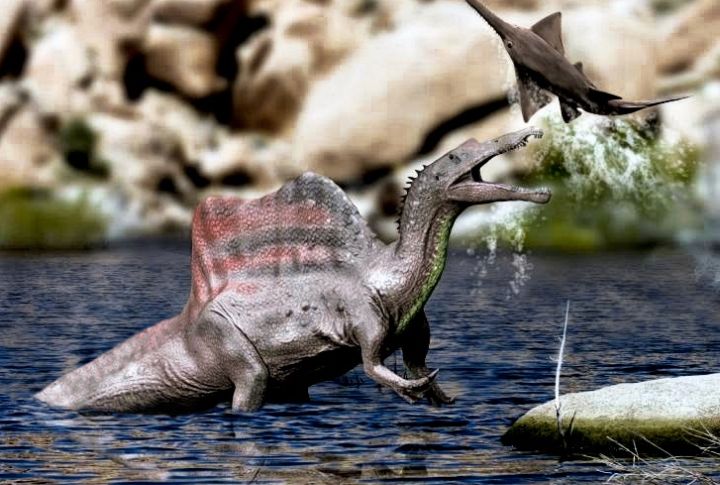
Many dinosaurs were terrestrial, but some adapted to aquatic lifestyles. For instance, fossil evidence shows that Spinosaurus had dense bones and paddle-like limbs, enabling it to swim and hunt in water. These adaptations demonstrate that not all dinosaurs were confined to land, challenging previous assumptions about their habitats.
They Were Dumb
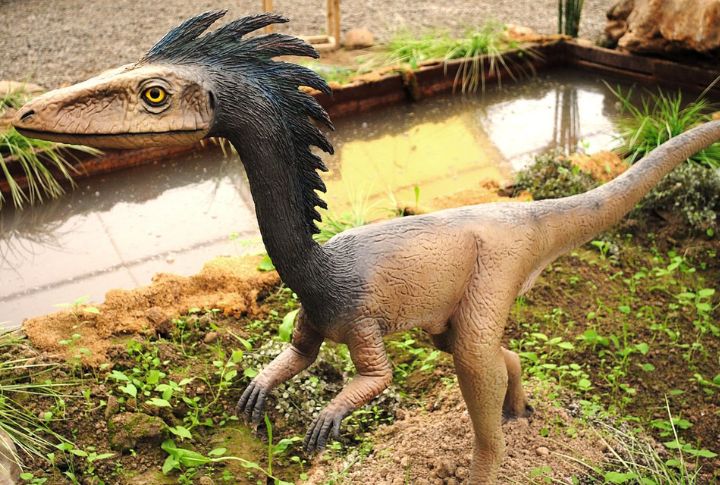
Dinosaurs exhibited a range of intelligence, and many were quite smart. Brain-to-body size studies suggest species like Troodon had intelligence comparable to modern birds. Additional evidence from fossilized nesting sites and social behavior supports the idea that cognitive skills were beneficial and evolved in certain dinosaur species.
They Had No Social Structure
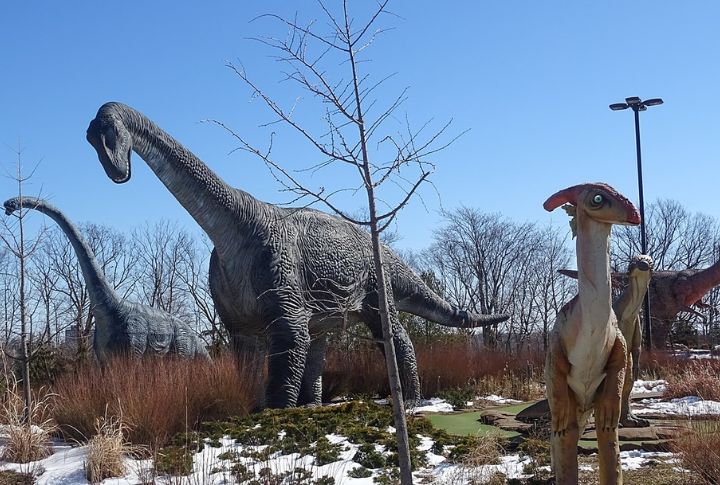
Contrary to the idea that dinosaurs were solitary creatures, fossils reveal that many lived in groups or herds. Trackways and nesting colonies indicate social behaviors such as parental care in Maiasaura and possible pack hunting in Deinonychus. These social structures provided evolutionary benefits, including protection and cooperative hunting.
They Were All Carnivores

Not all dinosaurs were meat-eaters; many species were herbivores. Dinosaurs like Brachiosaurus and Triceratops had specialized teeth and digestive systems adapted for eating plants. This dietary diversity supported complex ecosystems where carnivores, herbivores, and omnivores each played vital roles.
They Had No Defense Mechanisms

Dinosaurs developed many defense adaptations to survive predation. Ankylosaurs had thick armored plates, Stegosaurus possessed sharp tail spikes, and Triceratops used its large horns for protection. These features showcase the variety of evolutionary strategies dinosaurs employed to defend themselves in dangerous environments.
They Were Wiped Out Completely
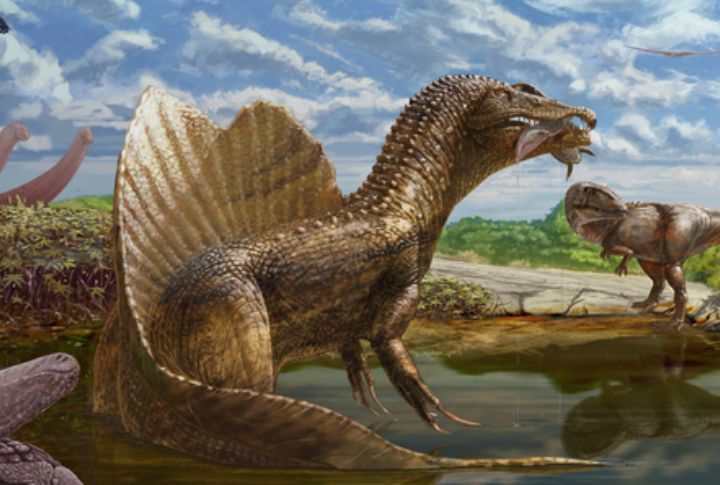
While non-avian dinosaurs became extinct about 66 million years ago, their lineage continues through modern birds. Genetic studies confirm birds evolved from theropod dinosaurs, meaning dinosaurs never truly disappeared but instead transformed into new forms. This ongoing legacy changes how we view dinosaur survival beyond the fossil record.
They Had Hooves Instead Of Claws

Early artistic reconstructions inaccurately depicted some dinosaurs with blunt hooves rather than the claws evident in fossil records. Evolution reveals that they developed specialized limbs suited for hunting, climbing, or grasping. Theropods like Velociraptor had curved claws built for precision, while herbivores like Iguanodon possessed thumb spikes for defense.
They Lived Only In Tropical Jungles
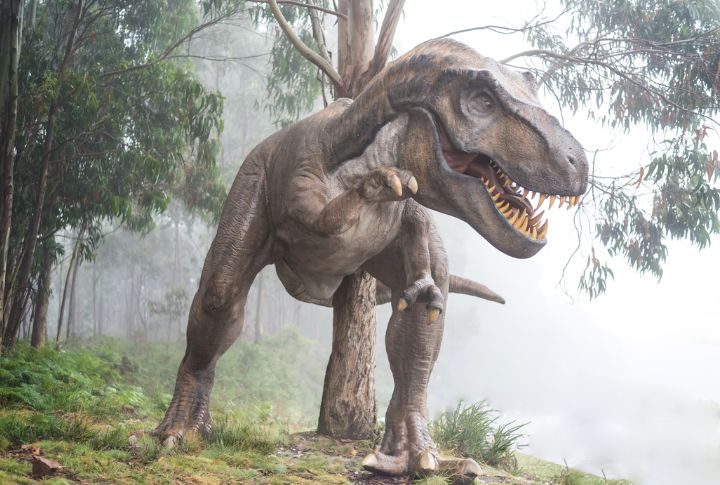
Contrary to popular belief, dinosaurs inhabited a wide range of environments, not just tropical jungles. Fossils from polar regions like Alaska and Antarctica reveal they adapted to cold, seasonal climates. This broad habitat range highlights dinosaurs’ evolutionary versatility and success across diverse ecosystems worldwide.
They Never Grew Hair-Like Structures
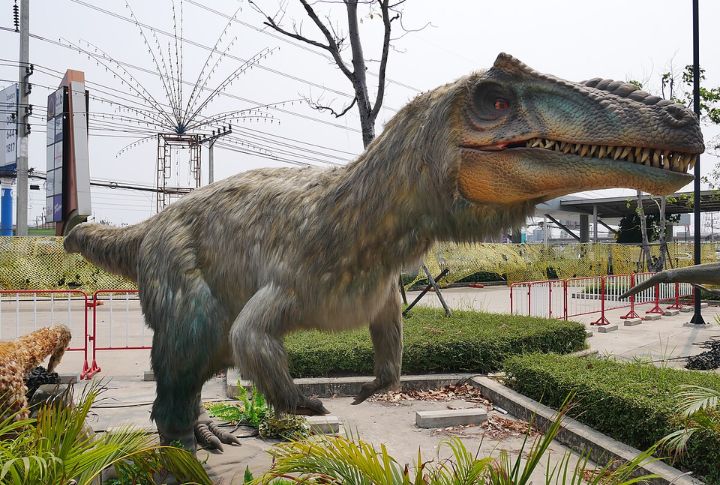
Dinosaurs weren’t furry creatures like mammals, but some species evolved filament-like protofeathers. Fossils of species such as Yutyrannus confirm that feathers were present long before birds emerged. These filament structures suggest that evolutionary pathways toward flight and thermoregulation began millions of years earlier than previously thought.

